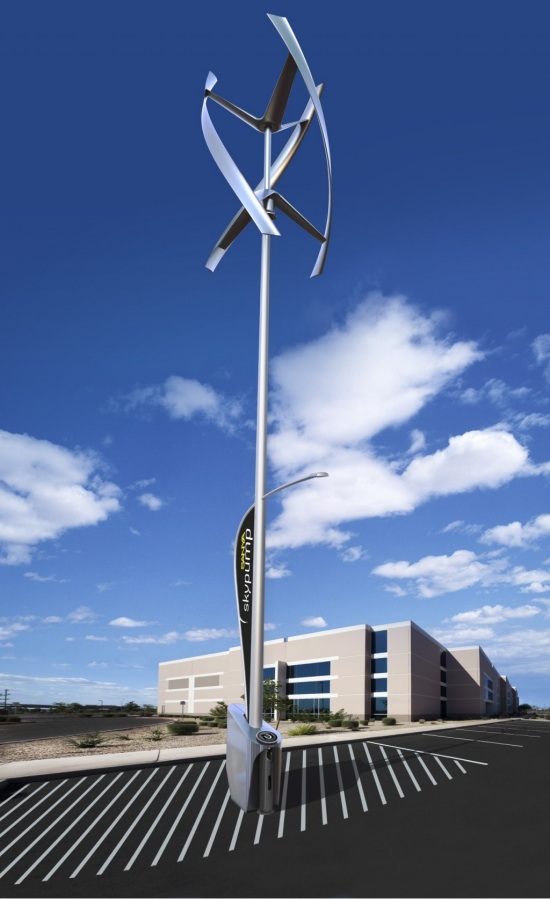Ever see those signs that say, “If you lived here, you’d be home by now”? They’re usually affixed to urban revitalization projects located near mass transit hubs (of course you’re commuting another hour to your sprawl development in the ‘burbs when you read it). Those projects represent a part of the city of tomorrow, but look a bit farther afield to get the full picture of what life could be like in a clean, sustainable city of the future – – and of the business opportunities that are hidden within.
In East London, for example, the organizers of the 2012 Olympics are restoring a massive industrial wasteland into an efficient eco-city. A million cubic meters of contaminated dirt has been converted into parkland, nearly 3,000 apartments, and shopping centers, all with high tech amenities and smart energy meters to make future improvements plug-and-play. Biomass boilers with efficient waste-heat capture will power much of the development at first, but clever “energy centers” will make it possible to add solar or other renewables in the future.
In New Jersey, Toys R Us just unveiled a huge solar array — the largest of its kind in North America — providing nearly three quarters of the energy used by its 1.5 million-square-foot distribution center and its iconic Times Square retail store. This is one of the projects that has now placed New Jersey second only to California in terms of installed solar power capacity, thanks to shrewd financial incentives, streamlined regulations, and by encouraging solar power generation on old landfills and farmland. At the current rate of growth, New Jersey is on track to create approximately 80,000 jobs in the solar sector over the next decade.
In mid-town Manhattan, the U.S. Postal Service’s Morgan Processing and Distribution facility hosts a green roof – – 2.5 acres of plants and grasses – – that cut the building’s storm water runoff by as much as 75% and reduce energy costs by $30,000 a year. On still another part of the globe, the city of Tokyo is filtering its water supply by restoring forests in the watershed, which cuts greenhouse gases and air pollution at the same time.
What do all of these initiatives have in common? A recognition that the almost 7 billion people on the planet (yes, the UN estimates we’ll hit that number this October) will only enjoy a decent quality of life if we make better use of the resources we already have. That, in turn, highlights that there are vast economic development opportunities in efficiency, renewable energy, and converting waste into valuable assets.
Another lesson from these examples is that while these business opportunities are global, so is the competition for them. China’s vehicle manufacturer BYD is selling battery-powered buses to the city of Los Angeles, while Smith Electric Vehicles of England is selling electric trucks to the U.S. Marines. Those trucks will at least have some American components – – Texas-based Valence Technology makes the lithium iron magnesium phosphate battery systems for Smith Electric.
So the city of the future is actually here today, just not yet aggregated in one place nor designed and built by any one nation’s innovators. But we can learn from these scattered examples of what works, how these developments are increasingly cost-effective alternatives to business-as-usual, and what great business opportunities are all around us in the sustainability space.
And if more American companies take heed, we might change that famous sign to read, “If you lived here, you’d be in a much better home by now.”


